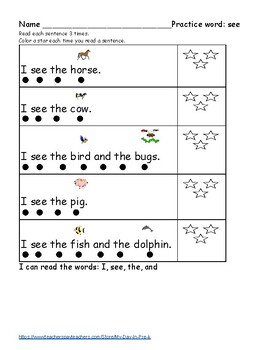Yesterday was Read Across America Day, this day celebrates children’s literature. Today I wanted to share a story about the wish and will to learn to read. Listen to the story The Oldest Student How Mary Walker Learned to Read by Rita Lorraine Hubbard and watch a news clip from WRBC Chattanooga about Mary Walker.
Why share this story you ask? Children at this age are learning to read. They struggle to sound out words and think that it is just something that all adults do, but it’s not. There was a time when this skill was denied many American’s due to the color of their skin.
There was a time when people believed that some could never read or write because they struggled with learning issues. Were blind or deaf. Or too poor.
When we celebrate reading, we need to celebrate the changes that occurred. These changes view reading as a right. We work to educate all to read. We want to instill the love of reading as well as providing the functionality the this skill affords one’s life.
This story is a talking point. It is an opportunity to talk about the past, the present and the future. It is a chance to talk about hard work, dedication and tenacity that Mary Walker showed. It is a chance to learn.














